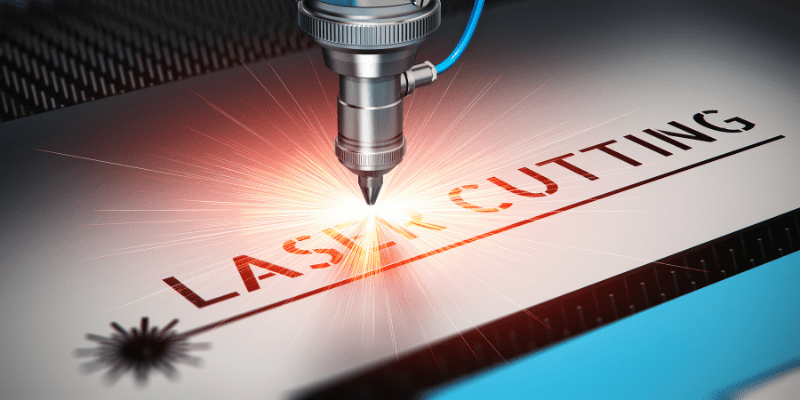It’s no secret that fiber lasers are becoming increasingly popular in manufacturing. But did you know that they can cut a variety of materials?
Fiber laser technology entered the cutting industry about a decade ago, and since then, it has been widely used in many applications. This high power and consistent laser beam of a wavelength between 610-2710 nm can cut through a wide range of metals of different thicknesses.
This article digs deeper into what materials that fiber laser can cut and not cut. And how you can best utilize the power of fiber lasers.
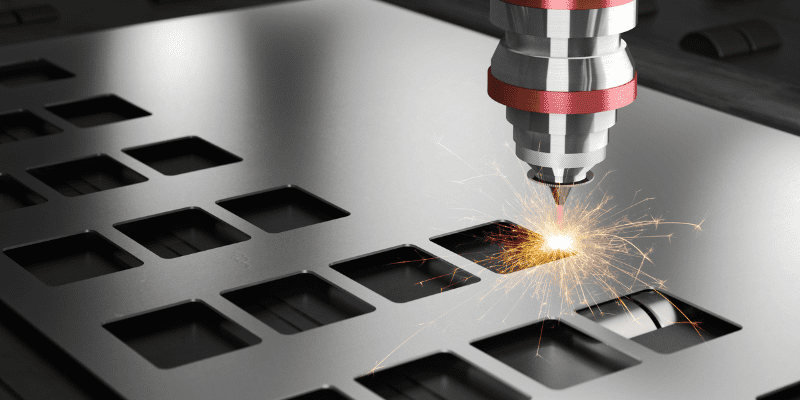
Materials a Fiber Laser Machine Can Cut
For a long time, fiber laser cutting machines faced the challenge of processing highly reflective surfaces of copper, brass, aluminum, and polished stainless steel. The energy reflected in the system could seriously damage the machine, resulting in costly repairs.
However, manufacturers overcame this issue by incorporating back reflection technology in fiber laser cutting machines. It is now widely used to process reflective metals of varying thicknesses.
Fiber beams are much more concentrated and denser than CO2 laser beams. Fiber lasers with a minor focal point can easily penetrate metals, resulting in better cutting quality.
1. Stainless Steel
A fiber laser cutter can process stainless steel parts faster and at a lower operating cost than the CO2 laser, plasma, and water jet cutting machines.
Single-layer nozzles with nitrogen as the auxiliary gas are typically used to cut stainless steel sheets. Nitrogen gas prevents oxidation on the cut surfaces of stainless steel, reducing the prep time before welding the part and improving the cut quality.
In addition, the assist gasses blow away the molten residue on the surface during the process, which would otherwise solidify and cause inconsistencies around the kerf line.
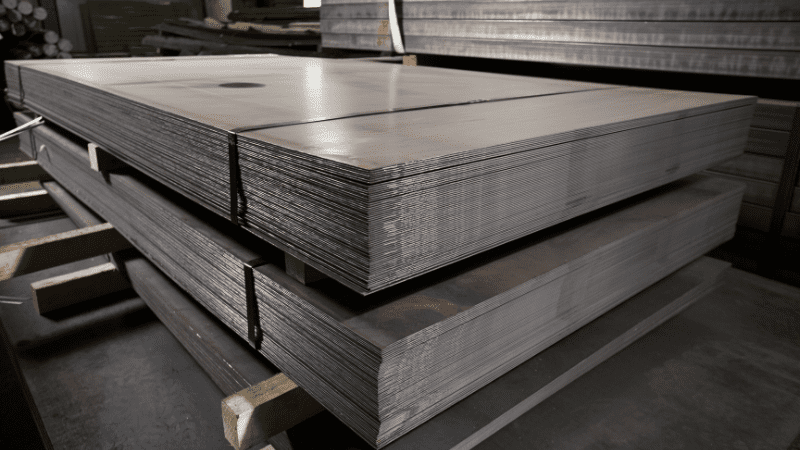
2. Carbon Steels/Mild Steel
Many industries use fiber lasers to cut carbon steel and mild steel. A laser power of 6000W can process carbon steel sheets with a thickness of 22 mm. For best quality, nitrogen is used as the auxiliary gas.
But oxygen is the best option for carbon steel plates thicker than 10mm as it starts an exothermic reaction that releases the necessary heat to cut the alloy. Oxygen also helps in speeding up the cutting of thick carbon steel plates.
You can check out this article about whether you should use nitrogen or oxygen for the laser cutting process.
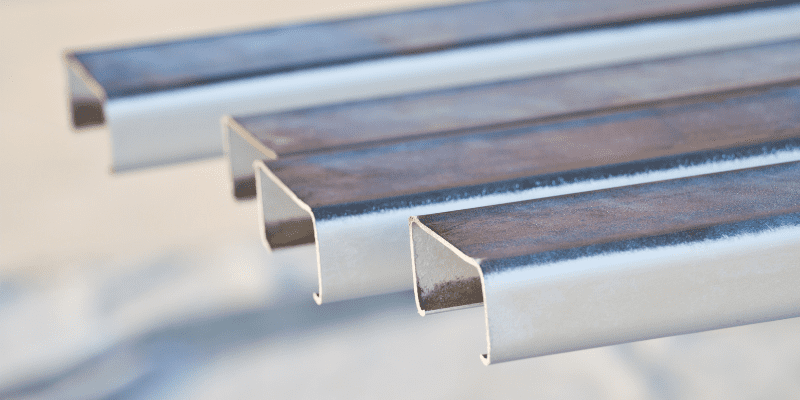
3. Aluminum and its Alloys
Aluminum is a highly reflective metal. The fiber laser cutter used for processing pure aluminum must be equipped with a reflection absorption system to prevent damage to the device.
Fiber laser can not cut through aluminum sheets thicker than 20mm, as the cutting quality deteriorates significantly with thickness.
Since aluminum has a low melting point, cutting thin plates requires greater laser power and heat energy, which melts the material quickly and causes uneven surfaces and burrs.
Three factors are important in achieving smooth cut surfaces in aluminum: fast cutting speed, high pressure, and assist gases. Nitrogen gas and air (a blend of oxygen and nitrogen captured from the air) are typically used in processing aluminum, allowing a smoother kerf line.
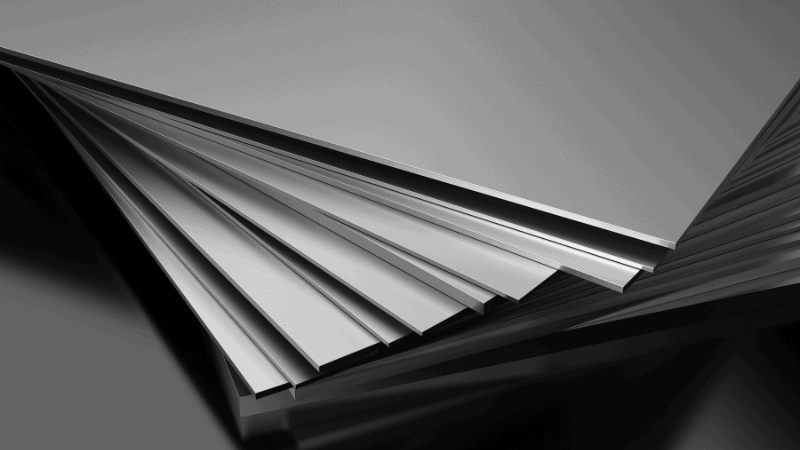
4. Copper and its Alloys
Copper and brass, like aluminum, are also reflective metals that are challenging to process. However, the process can be carried out smoothly with reflection absorbers installed.
High laser power is usually selected for cutting copper and brass. This is because a laser creates a high-powered density on the surface resulting in rapid melting and a stable cutting process. Oxygen is used for cutting copper because it forms an oxide layer that is less reflective than copper.
For cutting brass, nitrogen gas is preferred.
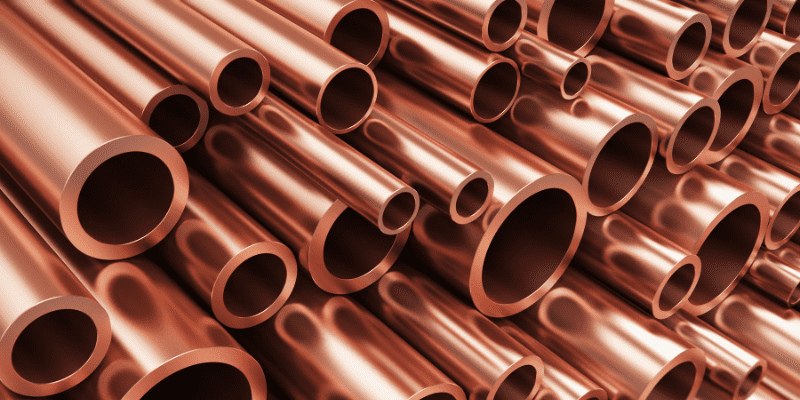
5. Titanium
Titanium alloys are prevalent across all industries because of their high strength-to-weight ratio and corrosion resistance. Fiber laser can easily cut a maximum thickness of 10 mm without burning the material and causing burrs at the kerf edges. Nitrogen and argon gas are used as assist gases to cut titanium samples.
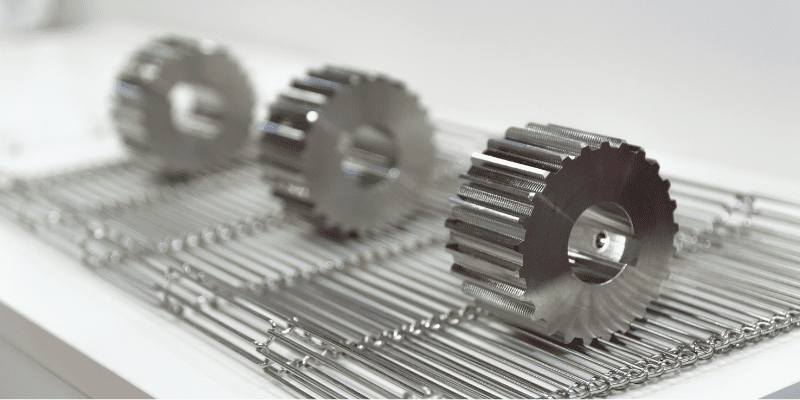
6. Nickel Alloys
Nickel alloys, known for their strength and resistance to corrosion, are uniquely suited for precise shaping using fiber laser cutting machines. The high-intensity beam of the fiber laser allows for clean, detailed cuts, ensuring that the inherent properties of the nickel alloys remain uncompromised during the cutting process.
7. Plastic
Not all kinds of plastic can be cut with a fiber laser. A few that can be cut are Polyoxymethylene (POM), Poly (Methyl Methacrylate), acrylic, Lucite, and polyoxymethylene. A low-power fiber laser can ensure a smooth cutting edge and a good finish.
Some other materials that can be cut include depron foam, gator foam, Kapton tape, cloth, suede, leather, magnet sheet, and rubber (must not contain chlorine).

- Cardboard and Paper
A fiber laser cutting machine can easily cut paper and rigid cardboard. With its fine-tuned laser beam, the machine can make intricate cuts, allowing for detailed designs and patterns. This capability is especially valuable for projects requiring high detail on these delicate materials, ensuring clean edges and consistent results.
Do You Have Any Questions?
Let Us Solve Your Problem
Materials a Fiber Laser Machine Can Not Cut
Fiber laser machines are primarily used for sheet metal cutting because the wavelength range of fiber laser falls in the absorption range of metals. Materials that cannot absorb the fiber laser can not be cut. Most materials will undergo chemical reactions at such a high temperature and burn quickly.
These include non-metals like glass, glass fiber, polyvinyl chloride, polycarbonate, high-density polyethylene, and polystyrene foam.
- Polyvinyl Chlorine (PVC)
If subjected to laser cutting, PVC produces toxic fumes and chlorine gas that can harm the operators, corrode machinery and damage the control system. It is better to utilize mechanical methods like die cutting to cut PVC.
- Polycarbonate
Polycarbonate, if laser cut, can burn, catch fire and cause discoloration.
- ABS (Acrylonitrile Butadiene Styrene)
ABS releases cyanide gas when cut using a laser beam. Instead of vaporizing, it quickly melts and turns into a gooey liquid that can damage the system.
- Polystyrene Foam
Polystyrene quickly catches fire if subjected to a laser beam.

- Fiber Glass
Fiberglass is a blend of glass and resin. Glass is unsuitable for laser cutting, and resin can burn and quickly catch fire under a laser.
- Coated Carbon Fiber
Coated carbon fiber will emit toxic fumers if cut with a laser. Fiber laser is not a good option to cut coated carbon fiber. However, thin uncoated carbon fiber sheets can be processed under strict conditions. Click to get the information about the choice of the best laser cutter for your carbon fiber projects.
What is the Maximum Thickness a Fiber Laser Can Cut?
The thickness limit value and cutting ability vary with different fiber laser cutting machines. It mainly depends on the model’s cutting power, quality of the machine, cutting speed, gas pressure, focal point and distance, and cutting environment. So, to say that fiber laser cutting depends on just laser power is not enough.
The table below shows the average maximum thicknesses of metals that different laser powers can process without compromising the finishing quality. Note that these values can change in actual applications.
| Laser Powers | 500W | 1000W | 2000W | 3000W | 4500W | 6000W |
|---|---|---|---|---|---|---|
| Stainless Steel | 2mm | 4mm | 6mm | 8mm | 10mm | 16mm |
| Carbon Steel | 5mm | 8mm | 16mm | 20mm | 22mm | 22mm |
| Aluminum | - | 3mm | 4mm | 6mm | 8mm | 12mm |
| Copper | - | 3mm | 4mm | 6mm | 8mm | 10mm |
A 6000W laser power can penetrate about 0.6 inches in a stainless steel sample. However, the same laser can reach about 0.8 inches deep in carbon steel. The maximum thickness a laser cutter can cut through is contingent on two big factors — laser power and material density.
Laser power at a specific wattage can not cut through the same thickness of two different types of alloys. With slight changes in the composition of metal alloys, the strengths can change, and consequently, the maximum thickness a fiber laser can cut.
You can contact us anytime if you want deeper insight into this topic. Our engineers will give a detailed account of the recommended thickness of every material that fiber laser machines can easily process.
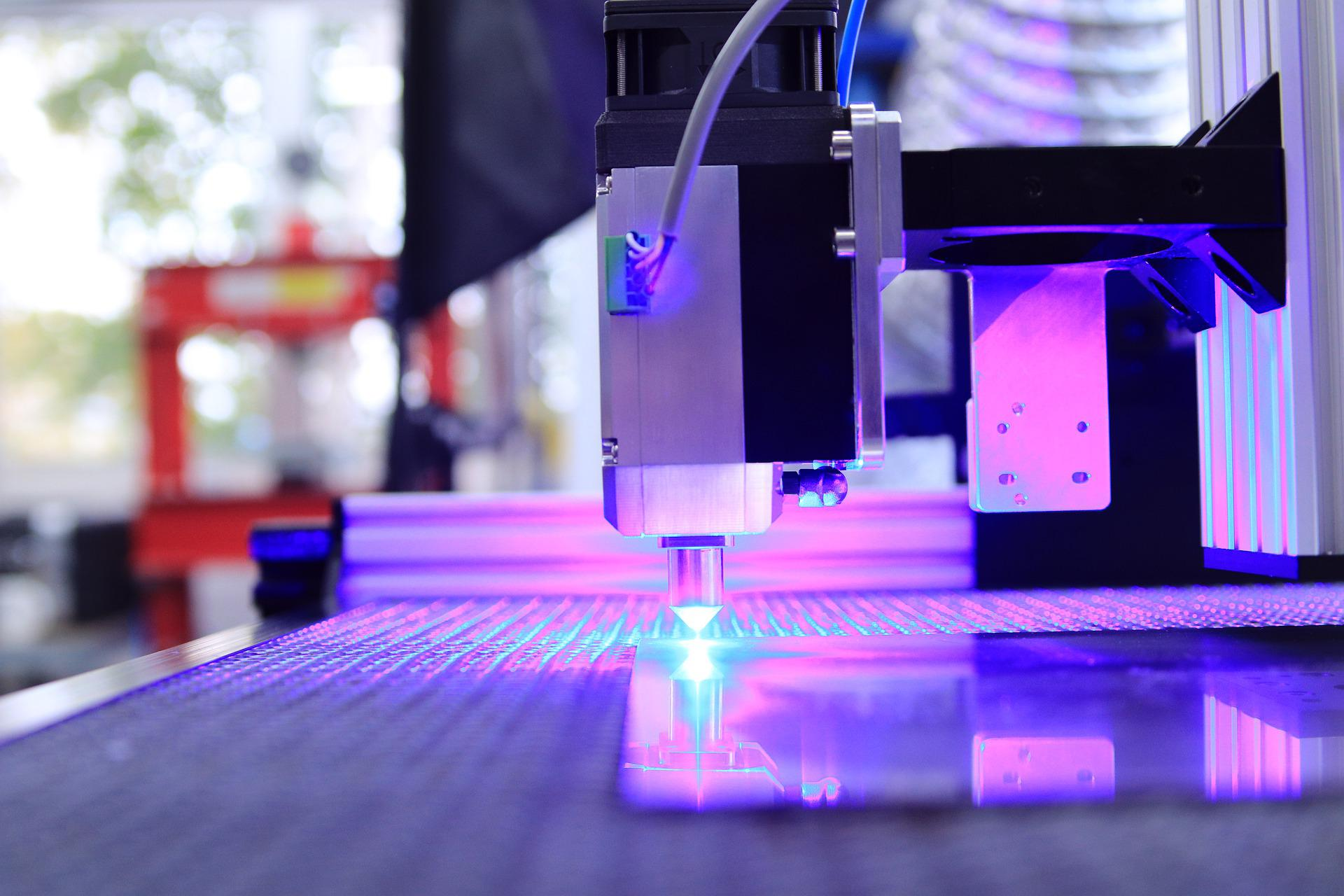
FAQs
1. Can Fiber Laser Cut Acrylic?
Yes, fiber lasers can easily cut acrylics with high precision and smooth edges. The process is fast, and the resulting part has a perfect finish. You may want to learn about how to laser cut acrylic.
2. Can Fiber Laser Cut Graphite?
Yes, graphite can be cut and engraved with fiber laser as its wavelength is within the absorption range of graphite.
3. Can Fiber Laser Cut Wood?
Yes, fiber laser can cut wood (plywood and MDF) as long as the material surface is clean and free of paint or oil coatings, or it can catch fire and burn.

4. Can Fiber Laser Cut Glass?
No, fiber laser is not suitable for cutting glass because the glass is transparent, and it can not absorb the wavelength of fiber laser. It is best to utilize a waterjet or CO2 laser for cutting glass. However, fiber lasers can etch glass in a controlled environment.
Do You Have Any Questions?
Let Us Solve Your Problem
Benefits of Fiber Laser Cutting Machine
Advanced fiber laser technologies are replacing older laser cutting methods because of their high beam power, consistency, and quality.
A fiber laser cutting machine offers higher precision, faster speed, extended machine life, cost-effectiveness, and less power consumption. If all the parameters are carefully controlled, the cost per part is reduced significantly.
Fiber cutting machines are used in various industries such as automotive, electronic, and medical covering a wide range of products and improving the overall efficiency of processes.
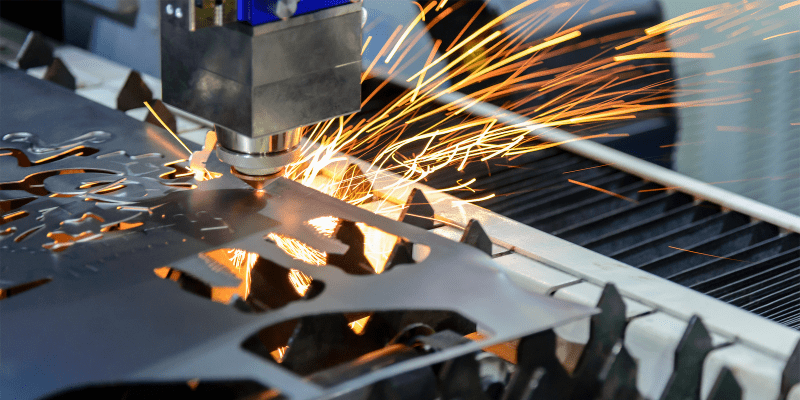
Conclusion
In conclusion, fiber laser cutting machines stand out for their versatility, handling everything from metals to delicate papers. Their blend of precision and efficiency makes them a cornerstone in modern manufacturing and design. As technology advances, their potential only promises to grow, solidifying their place as an indispensable tool in the industry.
Why Choose Baison Laser Machines for Cutting Applications?
Our high-quality fiber laser cutting machines work around the clock to cater to all kinds of designs and complex structures. Baison processes stainless steel, aluminum, copper, brass, carbon steel, and other metal alloys with utmost precision and accuracy.
Having many clients from different industries, we fulfill all project requirements, no matter which industry you belong to. Your products will need minimum post-processing as we ensure we cut the units in a highly controlled environment with minimum risk of errors.
For more information, give us a message today.

